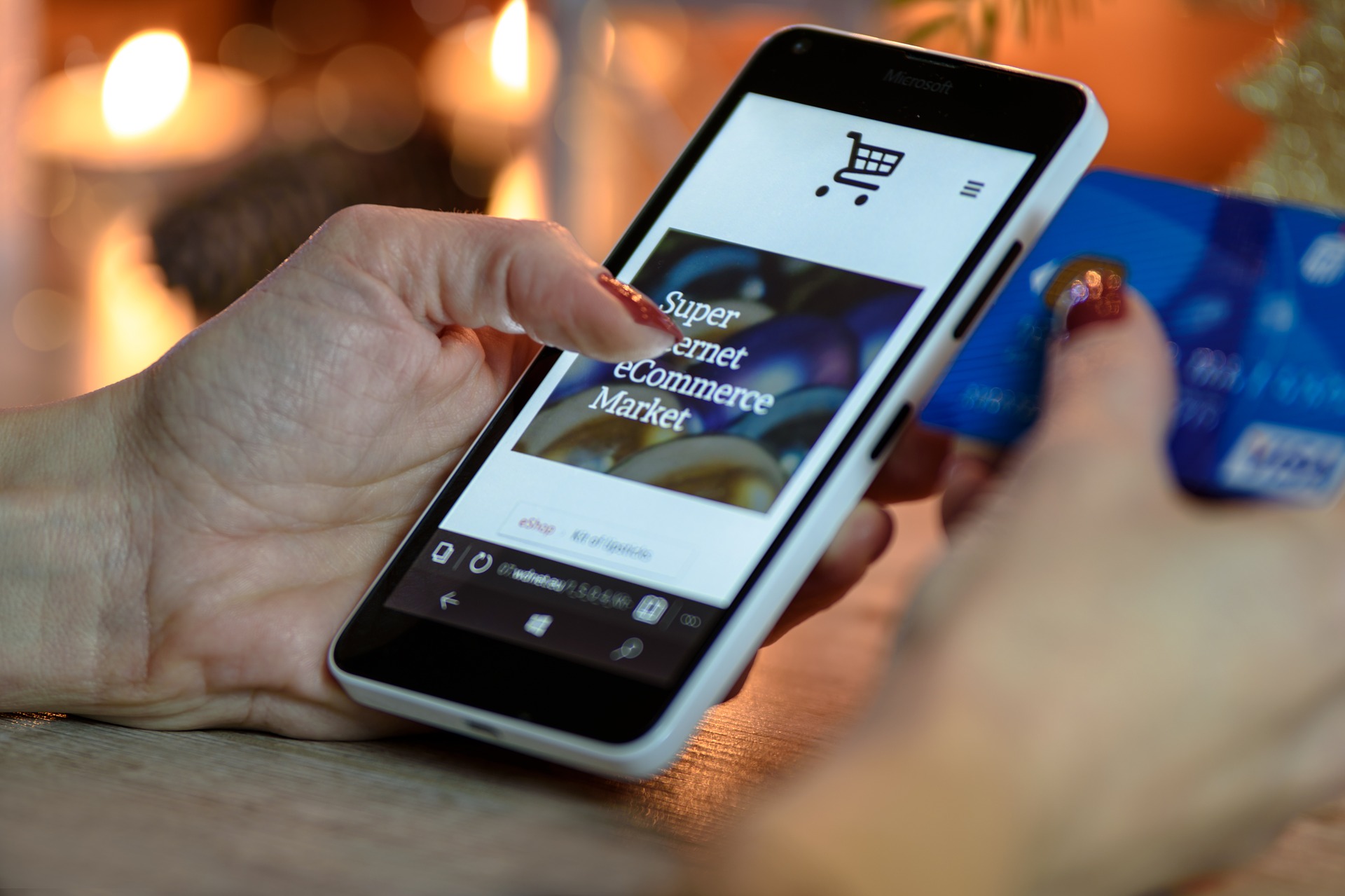
The Great Switcheroo: Why Traditional Retailers Are Going Online While Direct-to-Consumers Open New Stores
It’s a confusing time in the retail world. The COVID-19 pandemic upended any retail projections for 2020 and required markets to imagine new means of customer engagement. In an unexpected turn, while some traditional retailers are closing physical locations and ramping up their online presence, direct-to-consumer brands are opening flagship brick-and-mortars. Why are both markets headed in opposite directions, and what does this mean for the end-user? We’ll explain.
What’s Happening
While it may seem like direct-to-consumer (DTC) and in-person retailers are on a course to trade places, the truth is that both markets are headed towards a single middle point with starting locations on opposing ends of the spectrum. Online-only stores with no physical presence as well as national chains with wide-reaching physical locations but little-to-no online offerings are both finding their way towards a center point with a balance of brick-and-mortar locations paired with a robust digital store-front.
Although DTCs are opening flagship locations, it is not projected that online retailers will go so far as to move to majority in-store sales. And even with the growth of shopping online, physical-space retailers that are cutting back are mostly closing some stores—not all—and adjusting what their real-world presence looks like instead of doing away with their storefronts altogether.
COVID-19 expedited the trend of online sales that was already forecast to occur, and with this exponential growth comes a clear path for where retail is headed. However, there are also gaps in the online experience that DTC retailers are now trying to address. Customers want to try on, test, and feel the objects they’re buying. Because of this, online natives like Bonobos, Glossier, Casper, and Warby Parker have all opened physical locations in recent years, and a slew of other online shops are preparing to follow suit. Apparel, for example, is one market in particular where shoppers are experiencing the disconnect: without being able to try on clothes, buyers have a harder time finding what they’re looking for, and many of the added expenses like return shipping, re-stocking, and product replacement costs are falling on the seller.
Where’s everyone going?
To offset the side effects of digital sales, many digital stores are going physical—opening boutique locations, particularly in urban-neighborhood and mixed-residential areas. However, at the same time that online apparel retailers are opening flagship stores, many established names in the market are closing and/or relocating. Gap, Inc., Macy’s, Victoria’s Secret, and Nordstrom have all announced the shuttering of certain locations, particularly mall anchors and costly downtown flagships.
An important component for developers and buyers to consider during this transition is how the landscape of shopping—and store locations—will change. By cutting back, retailers with expansive physical presences are pulling out of rural and suburban areas, and focusing their efforts on higher population densities.
This does not, however, mean that 5th Avenue is safe. With the growth of work-from-home, fewer people are shopping in-person on their lunch breaks, especially in cities’ business centers. Instead, mixed-use spaces and neighborhoods where people can live, work, and shop in the same block or even building are growing in popularity. Retailers are minimizing their footprint: choosing smaller stores in population-dense residential areas, drawing shoppers in by offering a more personal, intimate shopping experience as well as a “retail-tainment” factor.
While downtown flagship, massive strip-mall and mall-anchor locations are all waning in popularity, it is not necessarily de-facto that these spots will now become ghost-towns. Shopping malls across the country are pivoting to bring in new types of businesses that rely less on foot-traffic, and some retailers are adapting their buildings into partial or whole warehouses.
What will change?
The pivot from brick-and-mortar to online is taking many different shapes. Some retailers are closing their store-fronts but using those same locations as fulfillment centers. This lowers overhead but makes pick-up and same-day delivery still possible for shoppers in the immediate area. Others, instead of closing their stores altogether, are redistributing the space—lowering the square footage of the public space and creating a larger back-of-house area for curbside and online order fulfillment.
Finally, some stores are making no changes to their brick-and-mortar spaces at all, instead changing how and what they sell online. Many of these retailers are using in-store merchandise to stock their online stores. In addition to the regular duties of a store clerk, employees check for online sales, pull items from the floor, and prepare those orders for pick-up or shipment.
In addition to all of the ways physical retailers are staking their claim on digital spaces, some brands, like Nike and Under Armour, are also looking to move into the direct-to-consumer game, putting less focus on their wholesale and distribution to retailers.
With unexpected global upheaval like that caused by COVID-19 comes unexpected changes to markets across the spectrum. Digital and physical retailers alike are looking for new ways to reach customers during uncertain times. Currently, there are many new ideas of what the future of retail will look like, and many companies are initiating changes to try to get ahead of the game. This in turn means that stores are trying a variety of new formats. While it may look chaotic from certain perspectives, all of these shifts are actually pointing towards a single middle-point, with online sales becoming increasingly important while balanced with physical locations that reach customers and build client interaction and brand loyalty.

